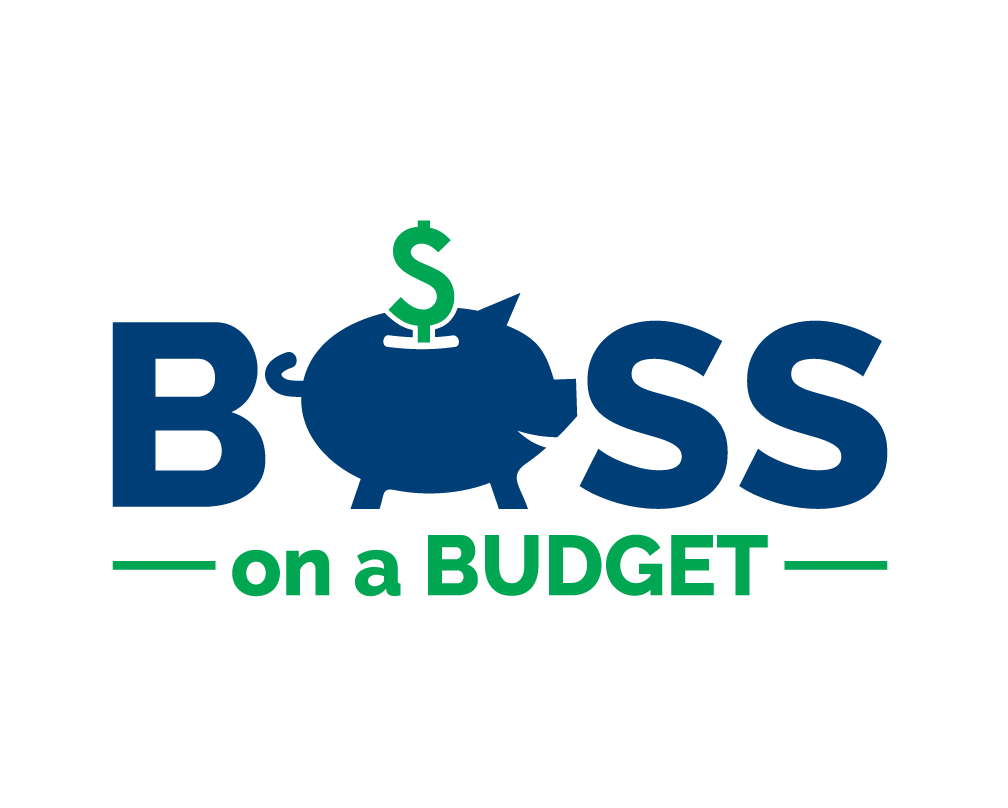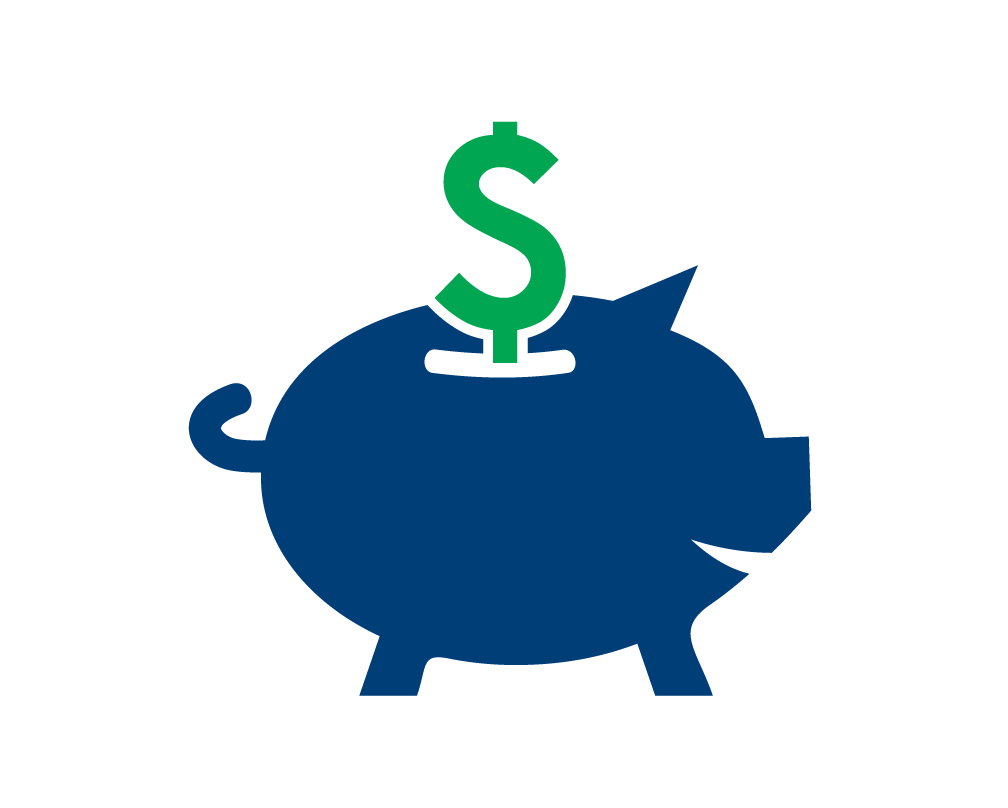How to Tackle Fundraising Obstacles for New Nonprofits
If you’re like most nonprofit leaders, you started your organization with the hopes of making a difference. The goal of your nonprofit startup is to fulfill its charitable mission, and fundraising is the key to doing that!
But there are obstacles to fundraising that every nonprofit faces, from a lack of donor engagement to slumping retention rates. The best way to tackle these challenges is to learn about them now and establish strategies for overcoming them when they arise. Let’s dive into the most common fundraising obstacles and their solutions.
Lack of engagement
The obstacle: When donors aren’t properly engaged, they may begin to feel disconnected from your cause and unenthusiastic about giving their support.
The solution: Get donors invested in your nonprofit’s work through a well-planned engagement strategy that goes beyond simply asking for donations.
Here are a few engagement strategies your nonprofit can proactively employ to avoid losing donors’ interest:
Cater to your audience. Launch fundraisers that your supporter base will be interested in. For example, if your nonprofit’s audience is mostly families with young children, brainstorm some fundraising ideas for kids that will excite the whole family.
Refresh your communications. Improve your communications strategy by using appealing visuals, positive language, and compelling stories.
Incentivize participation. Remind donors of the benefits they’ll receive from deepening their involvement with your organization. For example, you might establish a major giving society that allows exclusive benefits to those who give larger donations.
A key lesson in fundraising is that engagement isn’t a one-and-done activity. You’ll need to continually engage donors to ensure they stick around for the long haul. Also, your engagement efforts should change and stay fresh as donors’ involvement grows and progresses.
Donor fatigue
The obstacle: Repeated requests for donations can tire donors of hearing from your nonprofit.
The solution: Reinvigorate donors by routinely expressing your gratitude to make them feel appreciated, and lessen the financial focus of your fundraising requests.
Combat donor fatigue with the following unique ideas:
Limit fundraising appeals: Sending too many requests for donations can actually do more harm than good. Instead, focus on the quality of your messages rather than the quantity. Send engaging messages that educate supporters about your cause, inspire them to get involved in creative ways, and emphasize your nonprofit’s work.
Host fun events: Donors want to support your cause without feeling like a human ATM. Offer exciting events that can double as fun activities and fundraising opportunities. For example, 99Pledges recommends inviting community members to a pancake breakfast to sell pancakes. This allows your supporters to mingle with each other while you earn revenue to support your cause!
Highlight your impact: No matter how new your nonprofit is, you’re making a difference for beneficiaries and setting goals to change your community. Position your work as a team effort that you can’t do without them. Highlight what you’ve already accomplished and the goals you’re still working toward to demonstrate how they can directly impact your efforts.
Recognize donors: Make sure donors know how valuable they are to your organization by establishing recognition strategies. Send communications that show your gratitude and host appreciation events to meaningfully applaud donors for their contributions.
Creating a cadence for events, impact reports, and appreciation efforts can help your nonprofit take an organized approach. This way, you’ll be able to plan a wide variety of opportunities that reach donors most effectively.
Limited nonprofit resources
The obstacle: Many nonprofits start with little funding and big goals, leaving them with funding that’s stretched too thin.
The solution: Stick to a well-planned budget and diversify your funding sources to set your nonprofit up for financial success.
Develop a budget for your nonprofit that accounts for the following:
Revenue, including donations, grants, and other sources of income.
Expenses, such as marketing costs and staff payroll.
Net assets, which is everything your nonprofit owns after accounting for any expenses.
A well-planned budget is crucial for your new nonprofit because it allows you to make the most of your fundraising dollars. Plus, a thorough understanding of your nonprofit’s funding can also help you identify areas for improvement, such as opportunities to lower your expenses or tap into a new funding source.
Legal compliance issues
The obstacle: Nonprofits must follow state and federal fundraising laws, and they risk paying fines or losing their tax-exempt status if they don’t.
The solution: Research state and federal guidelines, and create a plan for complying with legal requirements. Talk to a nonprofit compliance expert if needed for extra help.
According to Foundation Group’s charitable solicitations guide, your nonprofit must comply with solicitation requirements before you can start marketing or collecting donations. This means that your new nonprofit can’t fundraise until you register!
Familiarize yourself with the required annual filings, such as charitable solicitations registration and the IRS’ Form 990. Create a plan for completing these filings and keeping accurate records year-round so that you have the data needed for these reports.
Low donor retention
The obstacle: New nonprofits often struggle to retain donors after they make a one-time gift, making it hard to establish a realistic budget with consistent revenue streams.
The solution: Create a sense of community to make donors feel like part of something bigger, and encourage them to commit to loyally supporting your organization.
If your nonprofit hasn’t been around for long, you likely haven’t established a loyal community of supporters—yet. Securing a group of consistent supporters will fuel your organization for years to come, meaning you need to actively work to make your donors want to stick around.
To do this, try the following donor retention strategies:
Promote recurring giving. Urge donors to commit to recurring gifts by adding the option to your donation form. Offer several options, such as weekly, bi-weekly, and monthly donations. Then, in your marketing materials, communicate the benefits of recurring gifts for both your organization and the donor’s convenience.
Ask for feedback. Surveys and polls are great sources of information for understanding what donors want. For example, you might ask donors to vote on which fundraising ideas they would like to see. This way, you’ll do more than just understand where donors are coming from—you’ll show them that you value their opinions and that they have a stake in your organization!
Send prompt follow-ups. Follow up with a donor after they make a one-time gift to share your appreciation and encourage them to further their involvement. Make your follow-up message prompt so that you reach donors when they’re still in a giving mindset and provide clear instructions for any future actions you want them to take.
Over time, your nonprofit will build a community of supporters it can depend on. Remember that donor retention is an ongoing effort that every nonprofit must invest in, not just a one-time strategy for new organizations. Develop a donor retention program to continue your efforts over time.
Every nonprofit faces fundraising obstacles, not just new ones! The best way to tackle them is with thorough planning, whether you’re creating a donor engagement plan or setting a budget. Work together with your nonprofit team to create a fundraising plan that works for everyone and takes all aspects of the organization into consideration.

